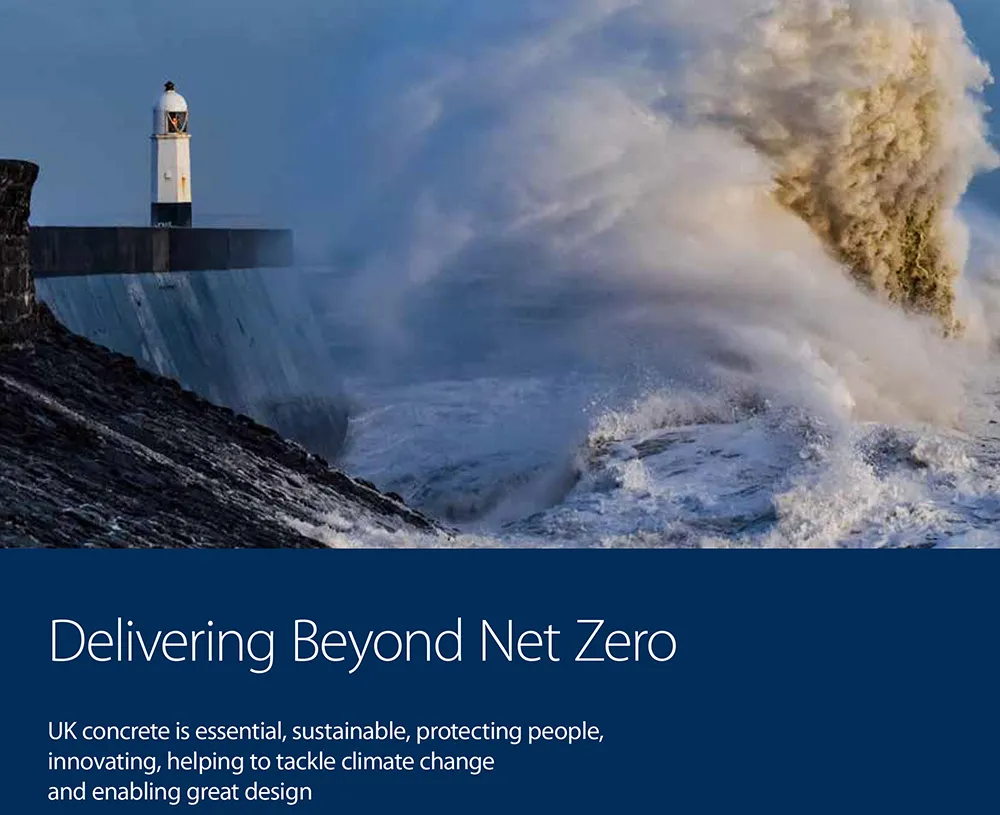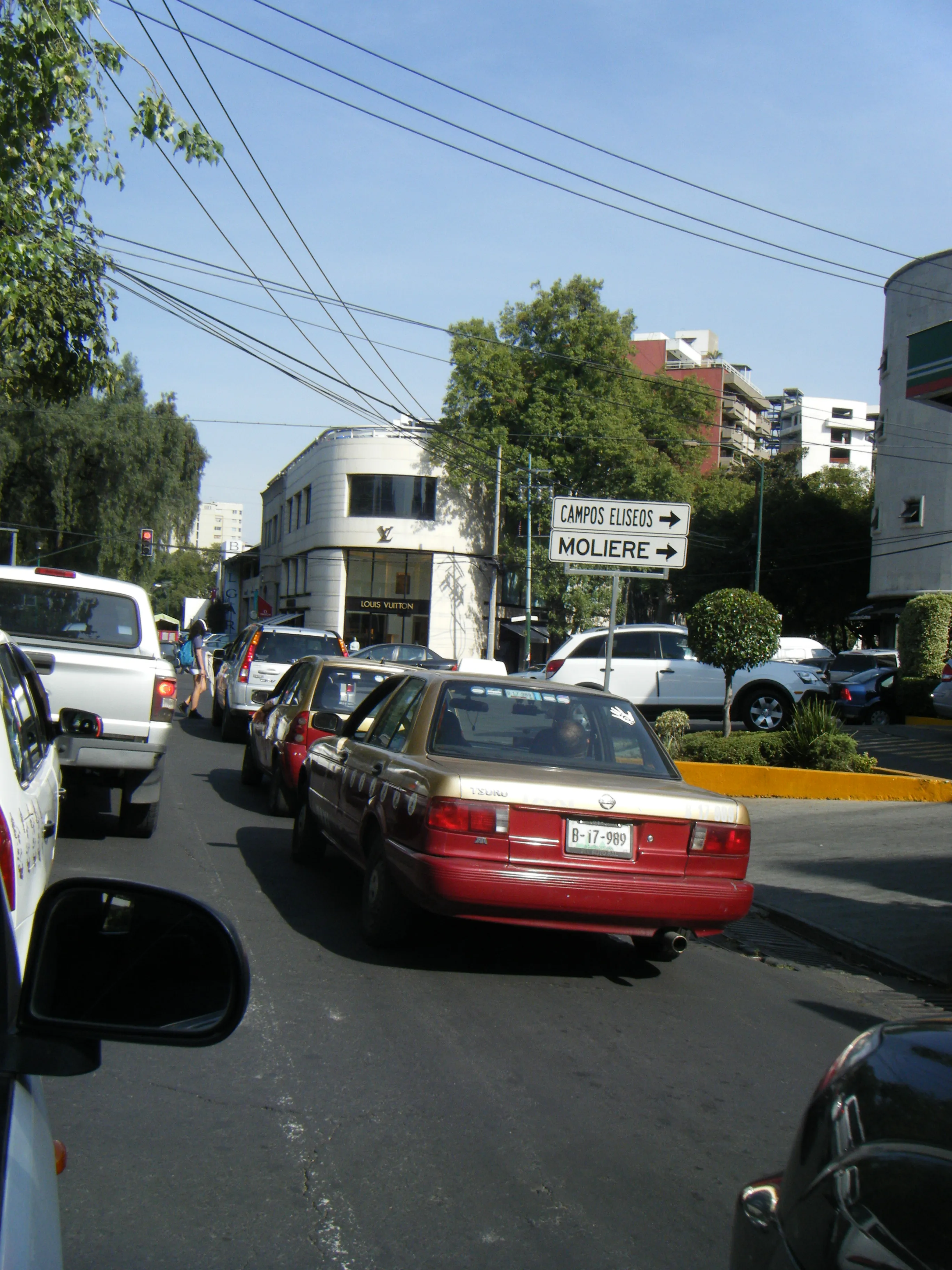Tony Marshall, Director at Arup, looks at ways in which the company encourages sustainable mobility.From policy and systems development through to the design and execution of major infrastructure projects, he reviews Arup's global project experiences and research programmes. Space on roads throughout the modern world is decreasing as the volume of cars and road users increases. How can mobility be safeguarded without compromising quality of life or environmental well-being? As engineers, we have a responsib
April 12, 2012
Read time: 6 mins

Tony Marshall, Director at Arup, looks at ways in which the company encourages sustainable mobility.From policy and systems development through to the design and execution of major infrastructure projects, he reviews Arup's global project experiences and research programmes.
Space on roads throughout the modern world is decreasing as the volume of cars and road users increases. How can mobility be safeguarded without compromising quality of life or environmental well-being? As engineers, we have a responsibility to promote sustainable infrastructure and transport solutions where possible. Sustainability is part ofRIGHT TIME TO USE TECHNOLOGY?
In recent years, highway design engineers have come under increasing pressure to enhance, even diversify, their traditional design skills. For over ten years, Arup has enjoyed working with the UK'sSpecifically, on the multi-million pound M1 junctions 21 to 31 project, the team designed initial route options, led an extensive public consultation exercise using award winning technology, and prepared contract documentation. Since its conception, project scope has been diverse and, moving forward, the team is now developing proposals to incorporate 'managed motorway' measures, including dynamic use of the hard shoulder and other controlled motorway systems.
Arup has been involved in several similar projects in England, Australasia, Scotland, Ireland and Asia, making best use of technology to manage road space. Choosing the right technology is critical to optimising traffic management and improving traffic flow and should only be used where it can provide demonstrable benefits to support objectives.
Traditional Intelligent Transport Systems (ITS) solutions can be deployed to meet a diverse range of objectives. However, the role of technology must be considered from the outset of any project to ensure an integrated, safe and appropriate approach, as well as, more importantly, deliver an effective outcome.
As a strategic advisor to Ireland's National Road Authority (NRA), Arup assisted in designing requirements for the introduction of infrastructure to accommodate ITS on the M50 roadway, which is subject to heavy traffic and congestion. In delivering the work under the STREETWISE framework (a Euro-Regional initiative deploying traffic control and travel information facilities on the Trans European Road Network), the project team is confident that Ireland's ITS infrastructure is aligned with that of its European counterparts.
INFRASTRUCTURE IMPROVEMENTS
Road improvements (major highways and trunk roads) are essential in efforts to reduce congestion and facilitate the continuous flow of traffic. When designed and built sympathetically, with a firm commitment to leaving a lasting legacy, it's possible to achieve truly sustainable highways.For example, the A470 Lledr Valley improvements scheme was described as "possibly the greenest road in Britain" by the media. This project demonstrates how innovative design features and careful planning can preserve the ecology and natural landscape of a protected area. Snowdonia National Park [Wales] is one of the UK's most beautiful areas and a road improvement initiative in such a highly sensitive environment called for sympathetic design and sustainability credentials.
This ethos was championed by a dedicated Environmental Co-ordinator. Adhering to an Environmental Action Plan, formal audits were routinely conducted to ensure compliance against plan. To reduce the need for material to be removed off-site, much of the existing pavement was retained. Where pavement removal was essential, the material was extensively re-used within the lower layers of the new road.
Stone removed from the existing walls was salvaged and incorporated into new or refurbished walls. Concrete walls were faced with local stone masonry and, to provide added protection to the local habitat, reptile, bat and bird refuges were built into the walls. By minimising the use of manufactured material components, the team promoted the most sustainable and aesthetically pleasing option for the area.
In Hong Kong, the Shenzhen Western Corridor, a 5.5km multi-span road crossing, demonstrates how the planning, design and construction of a major highway can be completed in record time without compromising the water quality or cultural heritage of an ecologically sensitive area. Revitalised mudflats have increased marine life habitats, while additional dredging works have improved water quality and tidal flow. This dual, three-lane highway now forms an important boundary link, easing congestion on existing crossings and helping to fuel the economic boom currently underway within the Pearl River Delta region.
Even with massive infrastructure projects, such as the M6 toll road in the UK, effective stakeholder engagement and early liaison with specialist disciplines, such as environmental engineering, meant that a wide range of environmental considerations could be factored into the design. On this project, three million tonnes of sand and gravel excavated from the site were re-used as special fills and aggregates for concrete and drainage, saving 400,000 truck journeys to and from site. Measures were taken to mitigate the effects of the route on the local environment, including the translocation of heath land, the relocation of rare plants and wildlife, and the planting of over one million new trees and shrubs.
Such projects all embrace green design characteristics. To complete the picture, sustainable mobility must also consider wider issues, such as future vehicles and vehicle emissions.
SHAPE OF THE FUTURE
Arup worked in partnership with a group of seven car manufacturers to bring lightweight automotive technologies in high volume car production closer to reality. The SuperLIGHTCAR project had an ambitious target: to deliver the technology and design concepts needed to reduce the weight of C-class cars of the future by up to 30% and, thereby, potentially save millions of tonnes of fuel and carbon dioxide emissions from 'on-the-road' vehicle usage.Advances in personal transportation are moving forward at a tremendous pace. The gradual introduction of sustainable modes of transport, and the public's appreciation of the benefits this can bring, are becoming more apparent. Arup is investing heavily in research surrounding future transportation. For example, Project SPUrT (Sustainable Personal Urban Transport) takes a multi-functional approach to the challenges posed by vehicle-related emissions. The programme questions, among other things, the whole life energy balance of lightweight cars (high energy usage during manufacture but fuel savings during use), the future relationship of the car with the built environment, the effects of driver behaviour on vehicle emissions and the design of road schemes to minimise vehicle energy usage.
It's apparent that mastering one area alone cannot solve the complexities of sustainable mobility. There is growing interdependence between transport policy, the built environment and the characteristics of future vehicles. By improving the way these components integrate and work together, we can confidently move towards a more sustainable and connected future.







